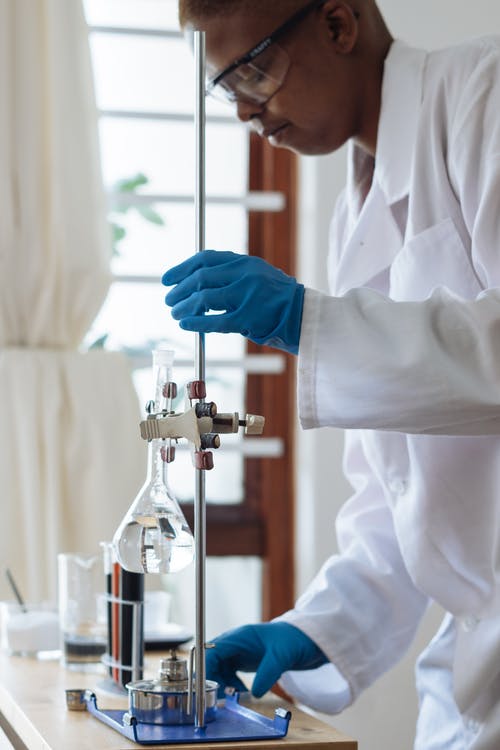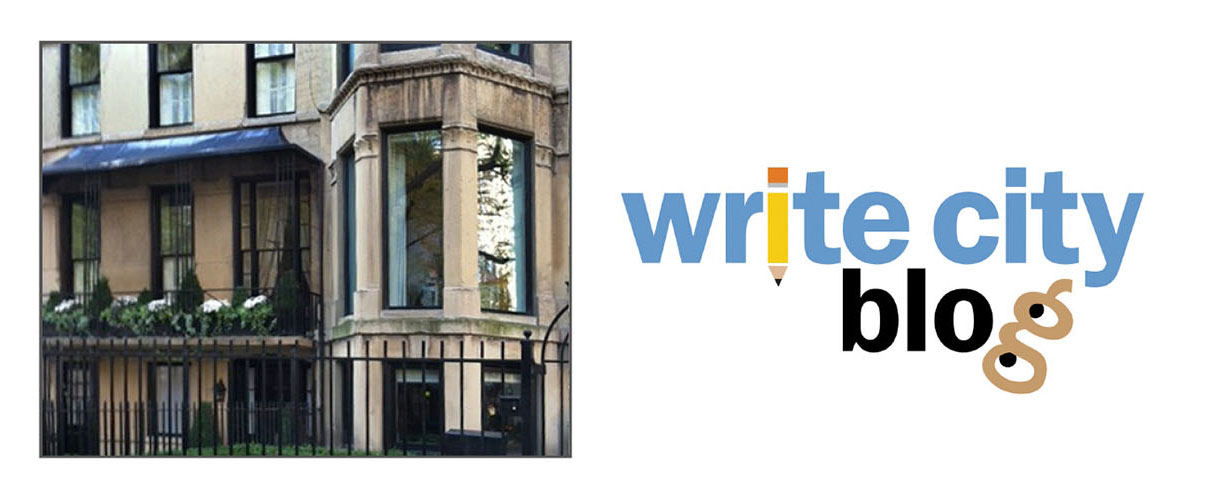April 20, 2021
What Writing and Chemistry Have in Common
by June Converse
Every day I want to become a better writer – deeper characters, more compelling plots, mesmerizing sentences. But that was not where I started.
Six years ago I wrote my first novel, not because I had any desire to be an author but because the main character kept coming to me while I was hiking, demanding I tell her story. Finally, when I needed to stop the voice in my head I sat on my deck in the heat of a Georgia summer and penned 300 pages. Not all at once, of course.
The pages were mostly illegible and ultimately ended up on the cutting room floor (I wrote a total 150,000 words for this novel and cut 60,000!). I had no idea what I was doing. I wrote the novel with no help, no education, no understanding beyond the fact that I’m an avid reader.
I self-published Decide to Hope because, well, I’d done all that work and dammit, I wanted someone to buy it. My family came through and I sold seventeen copies. I’m still very proud of Decide to Hope. I think it’s a good story, but I also know it’s filled with issues I could have caught had I bothered to educate myself.
After Decide to Hope I realized my heroine had more to say. I’d started her on a journey in book one and she wanted me to see her through to the end. She forced me to become an author. This time, though, I read books on how to write – mounds of boo ks. I took classes. I had reams of notes on plot and character development and dialogue and setting and show-don’t-tell. I was overrun with knowledge. I was overrun with theory.
ks. I took classes. I had reams of notes on plot and character development and dialogue and setting and show-don’t-tell. I was overrun with knowledge. I was overrun with theory.
Remember in chemistry class we’d hear a lecture on what happens when element A is exposed to element B? We’d learn about noxious fumes and explosions. But it wasn’t until we got into the lab where we saw the explosion or smelled the fumes that we truly understood the power of chemistry. It was only when we went from theory to practice that chemistry was interesting. So how could I take all of the how-to-write-a-novel theory to a laboratory?
I was sitting at my desk one afternoon with a new box from Barnes and Noble. As I peeled off the tape to see what new book I’d get to escape into, I began wondering if these authors knew what they were talking about. Did all of this theory actually translate onto the page? Is there an Inciting Incident and does it happen before the 10% mark? Is there an Ordeal at the 50% mark? Did every book have both plot and story? Is there a formula?
I decided to take a real-world master storyteller into the lab. The first book I studied was David Baldacci’s Memory Man – a mass market mystery. I was surprised to discover every element I’d studied was on those pages – in the exact right location.
But what about literary fiction or romance or horror? I studied A Gentleman in Moscow, The Nightingale, All the Light We Cannot See, All the Ugly and Wonderful Things, The Good Daughter. Each novel held up to the scrutiny. I was shocked!
I have now studied fifteen novels across all fictional genres and yes, there is a formula. And it works. I began to apply this study to movies and TV shows. Even my husband, who is not a reader, can now watch a movie, hit pause and see that in the dead center there is a Midpoint Ordeal.
I went back to my own first novel, Decide to Hope, and discovered that I too had intuitively hit most (but not all) of the milestones.
By sitting at the feet of masters I can see where I’ve left out required elements or put them in the wrong spot. I see where my inciting incident is too easy for the character to ignore. I see where my plot meanders instead of moving my story forward. I’ve studied how authors craft words for maximum power and now my writing comes alive. Book two, Journey to Hope, allowed me to put all of this theory into practice and I wrote a much better book. Now, with book three, I’m continuing to take classes and read craft books. I am on a never-ending quest to learn and apply the theory to the page. But I continue to learn the most by studying the masters.
As writers, you are also readers. Try this on the book you’re reading right now: search for the inciting incident before 10%, cross the threshold at 25%, the ordeal at 50%, etc. Does it follow the “formula?” You’ll be amazed.
I’m about to study my 16th book. It never gets old, and it ALWAYS improves my writing.
If you want to learn more about this technique, check out June’s online course, Read Like an Author.

Author June Converse teaches a variety of writing courses in the Osher Lifelong Learning Institute (OLLI) programs at both Emory University and Kennesaw State University and is a writing coach helping aspiring novelists. Her online course Read Like an Author has received rave reviews and readers who take the course over and over again.
June’s fiction revolves around trauma recovery and PTSD, drawing on her own experiences. Like her characters, June is continuously reaching for hope. She blogs openly at JuneConverse.com about her bipolar diagnosis and its impact on her and her family.
Her novel, Decide to Hope, is the first book in a planned trilogy that focuses on one woman’s need to confront her trauma. In book two, Journey to Hope, the reader enters the actual recovery process—the fear and anger, the guilt and shame, and the desperate desire to avoid. Trauma is like a stone thrown in a pond. The ripple effect is beyond most people’s understanding and impacts even those not directly involved.
Her third book, Secrets of Hope, will uncover the destructive power of secrets instead and the healing power of trust.
June resides in Sandy Springs, Georgia, with her husband, Dave. They have two children, three grandchildren, one old cat and one young pup. When not writing or learning, she can be found hiking or in some other city experiencing life.
Affiliates/Partners
Testimonials
Contact
Join CWA
Member Directory
My Account
Writers Conference
Presenters
Agents and Publishers
Pitch Sessions
Sponsors
Scholarships
Speaker Registration
Book of the Year
Spirit Award
First Chapter Contest
Resources
Home
Chicago Writers Association
info@chicagowrites.org
Make a Difference!

